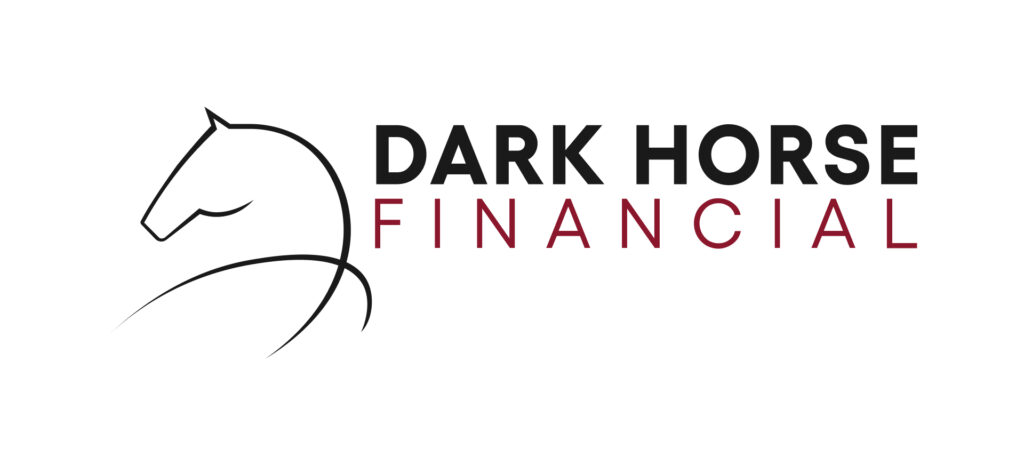Key Takeaways
- Self-employed home loans can come in different structures, each with different pros and cons.
- Variable-rate loans offer flexibility with features like extra repayments and offset accounts, but your repayments will rise and fall with market rate changes.
- With fixed-rate loans, you'll enjoy predictable repayments for 1-5 years, but you'll face restrictions on extra repayments and potentially costly break fees if you exit early.
- Split-rate loans are a hybrid option that lets you fix part of your loan for stability while keeping another portion variable for flexibility, helping balance risk and giving more certainty about repayments should rates change.
- Interest-only loans provide temporary cash flow relief by only requiring interest payments for 1-5 years, but they ultimately cost more and lead to higher repayments later.
- The best structure depends on your income stability, future financial plans, risk tolerance, and whether you need specific loan features.
- When applying for a home loan of any structure, self-employed individuals can choose from full-doc or low-doc loans, each having different levels of requirements from the lender.
- Consulting a mortgage broker like Dark Horse Financial, who specialises in self-employed lending, can help you choose from the options and secure the best deal.
Securing a home loan when you’re self-employed can be more complex than for traditional salaried employees. Lenders often view self-employed borrowers as higher risk due to fluctuating income, which means loan structures need to be carefully considered.
In this guide, we’ll explore the most common loan structures for self-employed borrowers in Australia. We’ll also discuss how full-doc, low-doc, and alt-doc loans work for self-employed applicants.
Understanding Self-Employed Loans in Australia
Lenders assess regular home loans and self-employed home loans differently. That’s why it’s important to understand how lenders assess income for self-employed borrowers. Unlike PAYG employees who provide payslips and tax returns, self-employed individuals may need to provide alternative documentation, such as:
Requirements for Full-doc Loans For Australian Business Owners
- Business Financials
- Notice of Assessment
- Savings and Credit Card Statements
- Bank Statements
Requirements for Low-doc Loans for Australian Business Owners
- Last 2 Business Activity Statements (BAS)
- Accountant’s Statement (if available)
Do Self-Employed Borrowers Get Different Mortgage Options?
Technically, regular home loans and self-employed mortgages are the same. They only differ when it comes to how lenders verify the applicant’s income. Since self-employed individuals can appear to have fluctuating income on paper, it’s important for lenders to assess their capacity to repay differently. As for loan structures, both PAYG and self-employed borrowers have access to variable-rate loans, fixed-rate loans, split-rate loans, and interest-only loans. As a borrower, understanding each type is key to ensuring you secure a loan that aligns with your financial situation.

Typical Loan Structures for Self-Employed Borrowers
What loan structures are available to self-employed people? Here are the most common:
1. Variable Rate Loans
A variable-rate loan has an interest rate that fluctuates based on market conditions. This means your repayments can go up or down over time based on factors like the Reserve Bank of Australia’s (RBA) cash rate.
Advantages:
- Flexibility: Borrowers can make extra repayments and access redraw facilities.
- Potential Savings: If market rates decrease, so do the interest rates on the loan.
- Offset Accounts: Many variable loans offer offset accounts, reducing the interest payable on the loan.
Considerations for Self-Employed Borrowers:
- Income Volatility: Variable rates can lead to fluctuating repayments, which may be challenging for those with irregular income streams.
- Budgeting: The unpredictability of repayments requires meticulous financial planning.
2. Fixed Rate Loans
Fixed-rate loans lock in an interest rate for a specified period, typically 1 to 5 years. Your repayments stay the same during this term, after which your rate will switch to the standard variable rate.
Advantages:
- Predictability: Fixed repayments for a certain period make budgeting easier.
- Protection Against Rate Increases: Borrowers are shielded from interest rate hikes during the fixed term.
Considerations for Self-Employed Borrowers:
- Limited Flexibility: Extra repayments may be restricted, and breaking the fixed term can incur penalties.
- Potential for Higher Rates: Fixed rates may be higher than current variable rates, especially in a low-interest-rate environment.
3. Split Rate Loans
A split-rate loan combines both fixed and variable interest rates, allowing borrowers to divide their loan into portions with different interest rate types.
Advantages:
- Balanced Approach: Borrowers can enjoy the stability of fixed rates and the flexibility of variable rates.
- Tailored Risk Management: Suitable for those who want to hedge against interest rate fluctuations while retaining some flexibility.
Considerations for Self-Employed Borrowers:
- Complexity: Managing two portions of the loan requires careful monitoring.
- Potential Fees: Some lenders may charge fees for splitting the loan or for making changes to the split ratio.
4. Interest-Only Loans
Interest-only loans allow borrowers to pay only the interest on the loan for a set period, typically 1 to 5 years, after which repayments revert to principal and interest.
Advantages:
- Improved Cash Flow: Lower initial repayments can free up funds for other investments or business expenses.
- Investment Strategy: Commonly used by property investors to maximise cash flow during the investment period.
Considerations for Self-Employed Borrowers:
- Long-Term Costs: While initial repayments are lower, the principal remains unchanged, potentially leading to higher overall interest costs.
- Transition to Principal and Interest: After the interest-only period, repayments increase, which may impact cash flow.
Interest-Only vs. Principal & Interest Loans for Self-Employed Borrowers
| Feature | Interest-Only Loans | Principal & Interest Loans |
|---|---|---|
| Repayment Structure | Pay only interest for a set period | Pay both interest and principal |
| Initial Repayments | Lower | Higher |
| Long-Term Costs | Potentially higher due to unchanged principal | Lower, as the principal reduces over time |
| Cash Flow Impact | Positive in the short term | Neutral or negative in the short term |
| Suitability | Investors, those with fluctuating income | Homeowners seeking long-term stability |

Are Interest-Only Loans Good for Self-Employed Borrowers?
Interest-only loans can be beneficial for self-employed borrowers, particularly those with fluctuating income or investment properties. They offer lower initial repayments, which can improve cash flow. However, it’s essential to consider the long-term costs and ensure the strategy aligns with financial goals.
What Is the Best Loan Type for Irregular Income?
For individuals with irregular income, a split-rate loan or a variable-rate loan with an offset account can provide the necessary flexibility. These structures allow for additional repayments during higher-income periods and reduced repayments when income is lower.
How do Alt Doc Loans Work for Self-Employed Applicants?
Alt doc (alternative documentation) and low-doc loans are designed to help self-employed borrowers who may not have the standard financial documents required for traditional home loans. Instead of relying on financials, lenders assess income using alternative forms of verification, such as business activity statements (BAS) or an accountant letter.
These loans can be a practical solution for self-employed individuals with complex or irregular income streams. While alt doc loans often come with slightly higher interest rates, they provide a flexible pathway to home loan approval when traditional loan documentation isn’t available.
Common Loan Terms for Low Doc and Alt Doc Mortgages
Low doc and alt doc mortgages typically come with a few key differences in loan terms compared to full documentation loans. While the core structure remains similar, lenders apply additional risk considerations when assessing self-employed borrowers with limited documentation.
Here are some common features:
- Loan-to-Value Ratio (LVR): Most lenders cap the LVR at 80%
- Interest Rates: Interest rates are slightly higher than standard home loans to account for the perceived risk. However, competitive rates are still available from some lenders.
- Income Verification: Instead of bank statements and financials, lenders may require your last 2 BAS or an accountant’s letter to verify income stability.
These loan terms can vary by lender, so working with a broker experienced in self-employed lending can help match you with the right product and maximise your approval chances.
In Summary
Understanding the various loan structures available is important for self-employed borrowers in Australia. By carefully considering the advantages and considerations of each option (variable rate, fixed rate, split rate, and interest-only loans), individuals can select the most suitable mortgage structure to align with their financial circumstances and goals. Always consult with a financial advisor or mortgage broker to ensure the chosen loan structure meets your specific needs.
Choose the Right Loan Structure for Your Mortgage
Our experts at Dark Horse Financial can help you assess your finances and your goals so you can select the best loan structure for your home loan. We can also help you secure the best rates and terms available. Reach out today to learn more.
Disclaimer: Loans and the benefits of loan products are available to approved applicants only. Information on this page is general in nature, it does not take into account your personal situation. This information is not intended to replace professional advice and should not be relied upon for any reason. You should always seek professional advice for finance, tax and accounting matters before making a decision or taking any action.





